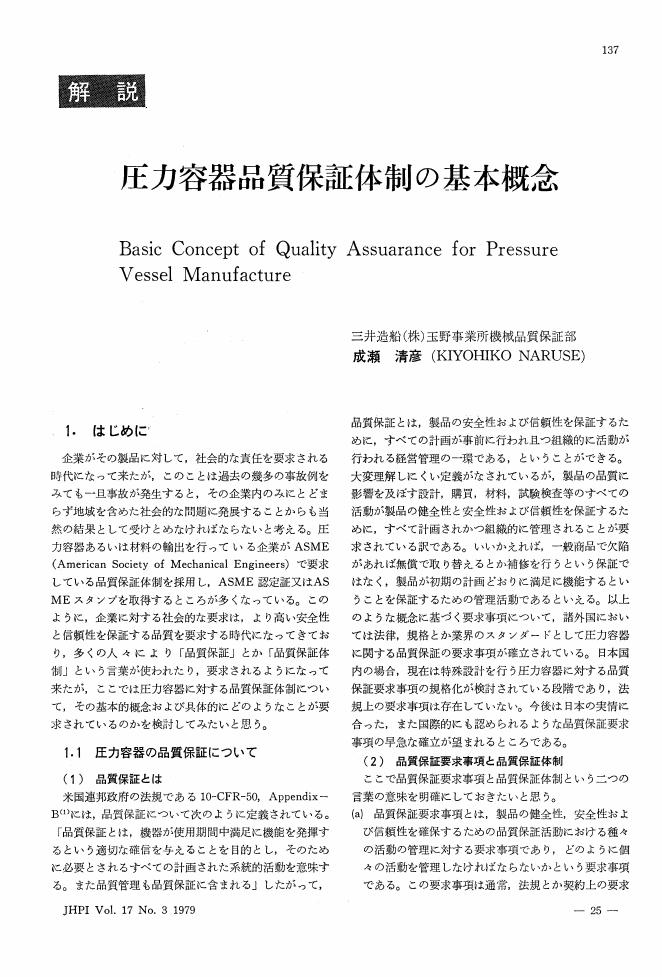2 0 0 0 OA モデル動物としてのメダカの特徴とメダカバイオリソース
- 著者
- 笹土 隆雄 竹花 佑介 成瀬 清
- 出版者
- 日本サイトメトリー学会
- 雑誌
- サイトメトリーリサーチ (ISSN:09166920)
- 巻号頁・発行日
- vol.24, no.2, pp.1-7, 2014-10-25 (Released:2017-05-19)
- 参考文献数
- 28
Medaka has been developed as a model animal that can be used to apply both forward and reverse genetic approaches. Large-scale mutagenesis screening for developmental processes, full-length cDNA/Expressed sequence Tag(EST) sequencing and genome sequencing projects have made it possible to use medaka as an effective model for research studies using a forward genetic approach. Currently, it is possible to identify the causal genes in medaka mutants within one to two years. Moreover, the TILLING library and high-throughput screening of mutations by highresolution melting (HRM) facilitate the identification of mutations in a particular gene and can produce medaka with mutations in the particular gene of interest. In addition to this reverse genetics approach, genome editing with the use of engineered nucleases, such as TALEN and CRISPR/CAS9, can be applicable to medaka. Recently, knock-in expression with a GFP cassette at the de novo locus was reported in zebrafish, and this can also be applied to medaka. Therefore, most methods for forward and reverse genetic approaches are equivalent or easier with the medaka model than other animal models such as the mouse and rat.Although constant environments (fixed temperature and day/night cycle) are the general condition for animal experiments, organisms in nature live in fluctuating environments. Thus, studies on phenotype/genotype interactions in fluctuating environments represent the future for the biological and biomedical sciences. In this context, numerous features of medaka, such as their adaptability to variable temperature (4 to 40 ℃), tolerance to high-salinity environments without acclimatization, ability to measure the light/dark cycle and adaptation to seasonal change, can provide important information for analyses of phenotype, genotype and environmental interaction. For these reasons, we believe that medaka, a model animal established in Japan, is a good candidate for experimental animal studies of phenotype and genotype interactions in changing environments.
1 0 0 0 OA 圧力容器品質保証体制の基本概念
- 著者
- 成瀬 清彦
- 出版者
- 一般社団法人 日本高圧力技術協会
- 雑誌
- 圧力技術 (ISSN:03870154)
- 巻号頁・発行日
- vol.17, no.3, pp.137-142, 1979-05-25 (Released:2010-08-05)
- 参考文献数
- 3
- 著者
- HE Wen-Rong TAKAGI Koichiro YOSHIMOTO Takanobu NARUSE Mitsuhide NARUSE Kiyoko DEMURA Hiroshi NAKABAYASHI Masao TAKEDA Yoshihiko 赫 文栄 高木 耕一郎 吉本 貴宣 成瀬 光栄 成瀬 清子 出村 博 中林 正雄 武田 佳彦
- 出版者
- 東京女子医科大学学会
- 雑誌
- 東京女子医科大学雑誌 (ISSN:00409022)
- 巻号頁・発行日
- vol.66, no.5, pp.330-337, 1996-05-25
エンドセリン-1(ET)は培養血管内皮細胞より発見された強力な血管収縮性ペプチドであり,低酸素環境下でその産生が増加することが知られている.ETはその受容体とともに胎盤で発現することから,慢性胎児低酸素症の胎盤血流調節因子としてのETの関与を明らかとするために,ラット胎盤でのET遺伝子発現を検討した.今回我々は,妊娠18日齢のSprague-Dawleyラットの片側の子宮動脈を結紮し,非結紮側を対照として結紮の6,12,24,48,72時間後に胎盤を摘出後,RNAを抽出した.RT-PCR法によるサザンプロット解析によりET遺伝子発現を検討した,また,比較として母体低栄養による胎児発育遅延を妊娠18日から21日までの72時間,水分のみを与えることによる飢餓により作製し,胎盤のET遺伝子発現を同様に検討した.その結果,子宮動脈結紮後,胎仔体重,ならびに胎盤重量は24時間以降で減少を示し,72時間ではそれぞれ対照の62%(n=31, p<0.01),75%(n=31, p<0.01)となった.一方,母体低栄養では胎仔体重,ならびに胎盤重量はそれぞれ対照の79%(n=20, p<0.01), 83%(n=20, p<0.05)と減少した.ラット胎盤のETmRNA relative abundance (preproET-1/GAPDH; mean±SEM)は慢性胎児低酸素症モデルでは対照群と結紮群でそれぞれ0.128±0.011 vs 0.237±0.022 (p<0.01)と結紮群で約2倍の有意の増加を示した.一方,母体低栄養モデルでは胎盤のET mRNA relative abundanceは対照群と低栄養群とでそれぞれ0.135±0.010, 0.145±0・006と差を認めなかった. 以上より,子宮動脈結紮によって惹起された慢性胎児低酸素症モデルにおいて,胎盤のET遺伝子発現の増加を確認した.子宮動脈結紮により母体からの胎児への栄養の物質輸送の障害が胎盤のET遺伝子発現に関与している可能性は,母体低栄養によるIUGRにおいて胎盤のET遺伝子発現に差が認められなかったことから否定的と考えられた.以上より,ETは低酸素負荷に反応して胎盤局所で産生,放出されるautocrmeあるいはparacrme因子として胎盤血管の収縮にあずかっていると考えられた.A vasoactive peptide, endothelin-1 (ET-1) has been identified in the mammalian placenta. Its increase in the fetal circulation was demonstrated not only in acute but also in chronic fetal hypoxia in human. The aim of this study was to examine the effect of chronic fetoplacental hypoxia induced by uterine artery ligation on ET-1 gene expression in the rat placenta. Unilateral uterine artery ligation was performed to the pregnant Sprague-Dawley rats on Day 18 of gestation and the pregnancy was terminated on Day 21 of gestation. The effect of maternal starvation on the placental ET-1 messenger ribonucleic acid (mRNA) levels was also examined for comparison with the same time period. Relative abundance of the placental ET-1 mRNA was determined by quantitative reversed transcriptase polymerase chain reaction coupled with Southern blotting. Both maternal starvation and uterine artery ligation significantly reduced fetal and placental weight. In contrast, the placental ET-1 mRNA levels increased 2-fold by the uterine artery ligation whereas those in the maternal starvation group did not. Thus, it is unlikely that the reduced meterno-fetal transfer of nutrients by the uterine artery ligation could enhance the placental ET-1 gene expression. These results suggest that the enhanced placental ET-1 gene expression upon chronic fetoplacental hypoxia may contribute to the pathophysiology of the placental circulation in the fetal growth retardation.
